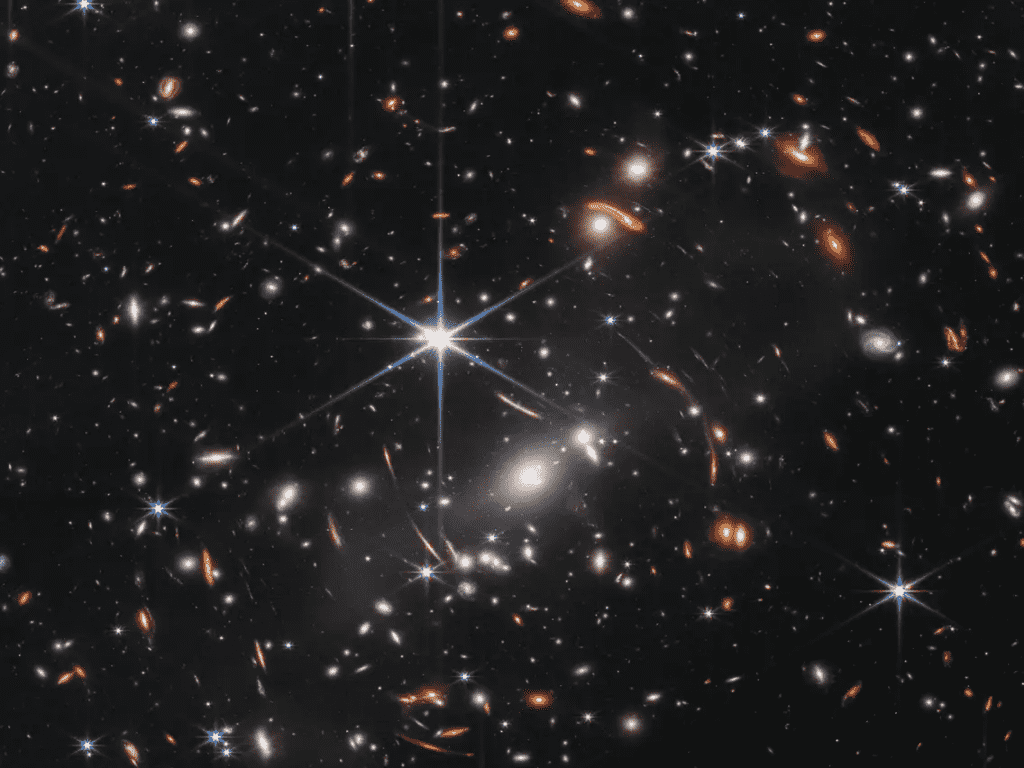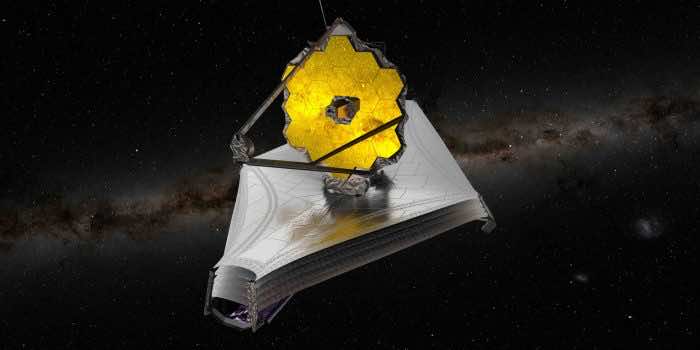Scientists are in the search of any signs that show the possibility of life beyond Earth and are doing efforts since decades to study different atmospheres for the existence of life. However, James Webb Telescope which is an incredible scientific feat of its own has made it easier for researchers and astronomers to delve deeper into the universe and quantify the chemical formation of planets and their stars. Moreover, scientists have recently collected evidences of the existence of life on planets such as the “subsurface aquifers of Mars” and in the “oceans of Jupiter’s moon Europa”.

The issue arises when there is no definite source to explore further details of these planets and specify them for future prospects including the collection of the physical samples as well. Coupled with this, it has been reported that “there are around 300 million potentially habitable planets” found in the Milky way galaxy and about 5,000 exoplanets discovered by astronomers. But this type of measurements is only limited of giving information related to the mass and size of an exoplanet.

On that count, the most significant method to identify the signs of life on a distant planet can be done through a process known as “biosignature”. In this method, the astrobiologists will delve deeper into the interaction of starlight with the surface of any planet and if the surface of that specific planet becomes modified by the starlight, then this light in return carries a clue regarding this known as biosignature and the same thing happened with Earth. During its early stages of evolution, there was no oxygen in the atmosphere of the Earth. Oxygen became engrossed in the Earth’s atmosphere around 2.4 billion years ago with the development of algae in the process. As soon as algae expanded in the earth’s atmosphere, it has enriched it with oxygen and left a portion of significant biosignature on light as well.

However, it is worth noting that till date James Webb telescope is the only unusual marvel ever developed that has the capability to detect all these chemical signatures and light from exoplanets as well. Since the inception of its operations in July 2022, it has detected some measurements of the “gas gigantic exoplanet WASP-96b”. Fortunately, the results depicted the presence of water and clouds but the planet is so hot and gigantic which makes it incapable of managing the life. But astronomers need to keep their progress going because the James Webb telescope is now available to resource their needs and hence the recent developments of the telescope are enough to give a new hope to the astronomers on the future prospects.


